Virtual Ownership and IPCT framework
This blog looks at the different aspects of Data and why the next transition will be the ownership of data to enable the MetaVerse and AI.
Abhijeet Kelkar
5/26/202534 min read
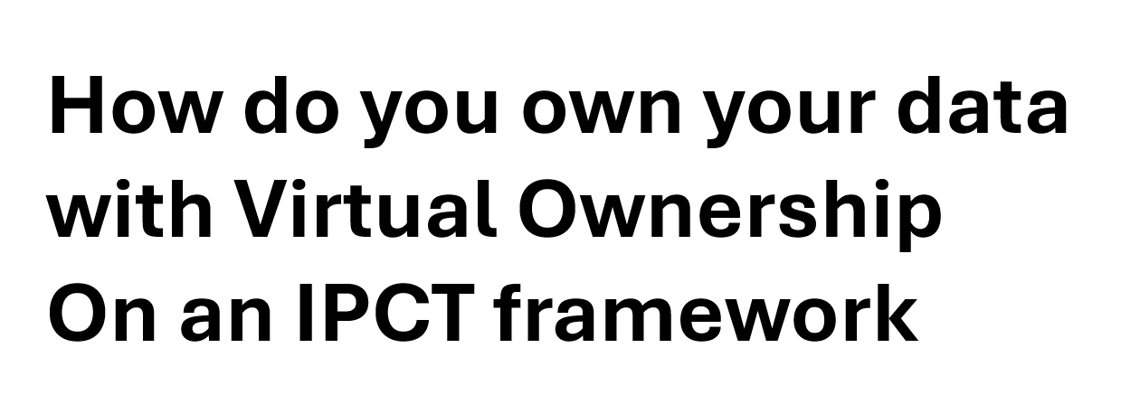

This is blog which introduces the concept of Virtual Ownership and why Virtual Ownership will be important in the metaverse and IOT and AI era. We have this blog in 7 parts. In this first part we start by looking at how the human society developed from an animal species to an organised human society of countries and companies and groups. It was made possible by a common trait called Ownership which transformed human society from hunter gatherers to a farmer society which owned equipment and animals.
Part 1 The longer you look back the farther you can see forward.
History of Human development and future Internet development with Virtual Ownership.Winston Churchill once said, “The longer you look back, the farther you can see forward.” Reflecting on this while reading Sapiens by Yuval Noah Harari, I was struck by the shift of human society from hunter-gatherers to farmers and how it introduced the concept of ownership. Unlike animals, early humans began claiming land, crops, and relationships as their own. This idea of ownership became the foundation for societies, family structures, and eventually nations. Farming required permanence, which reshaped our behavior and mindset, marking a key turning point in human evolution. This is the first part of the series which introduces the concept of Virtual Ownership and the IPCT framework.
Above diagram shows the time scale of Human development from an Animal species to 2025 today
Take lions, for example: a lioness gives birth away from the pride in a secluded area and raises her cubs until they’re strong enough to follow her. Only after this does she introduce the cubs to the Lion pride. There’s no permanent home she returns to—no concept of personal territory in the human sense.
Birds are similar. While they build nests to lay eggs and raise their young, those nests are temporary—often abandoned after one season. Birds like pigeons or sparrows don’t necessarily return to the same nest year after year, nor do they claim it as permanent property.
Humans, were hunter gatherers living like animals like lions and birds, and when the concept of Ownership hit them, by contrast, began staying on one piece of land, investing labor into it, and defending it as “theirs.” This mindset—of ownership—did not exist in the animal world and became the foundation of human society, enabling everything from property rights to nations.
Humans have existed as a species for around 300000 years is what fossils excavations tell us. We had many different species of humans earlier some among them called called Neanderthals and Homo floresiensis. These species went extinct Neanderthals roughly 40000 and and homo Floresiensis roughly 60000 years ago. Homo sapiens existed from 300000 years ago and increased in population size to the 8 billion we are today.
The image above traces 300,000 years of human evolution—roughly 10,000 generations. I have taken the average generation as 30 years which is a large figure, ideally in old times boys would be dads before 20 years old. So it would have been around 15,000 generations of humans. However conservatively I have concidered 10,000 ancestor species till 2025. Over time, we've formed nations across the globe, all built on a shared concept: ownership. In the last 2,000 years, this idea intensified through territorial claims, wars, and inventions like gunpowder and metal weapons used to assert dominance and control. While we may be 8 billion on the planet today one common factor that unifies all humans on the planet is the concept of Ownership. Take any human being from the North pole to the south pole and all the countries between them, and they all have possessions which they own and are masters of. From childhood a girl owns her doll a boy owns a model car. And it goes across ages. Ownership of physical goods is a common behavioral trait. And we will soon see why this trait will also continue to the virtual world with Virtual Ownership.
I then look at the second era of human development starting from AD era or called after Christ era of the last 2000 years. What you see here is growth of ownership in the form of countries and wars between different areas to assert ownership and inventions like Gunpowder, metals for weapons to dominate societies for ownership.
The third era I looked at was from the year 1900 till 2024 which was the Industrial revolution era. here too we continue the same story of ownership and control over physical goods and fights for domination culminating in the atom Bomb. The Industrial revolution changed human society with rail roads, the petrol car, electric trains lifts and airconditioning and a comforting lifestyle. This changed our lifestyle and that started the growth of lifestyle diseases like obesity related diseases like heart attacks, diabetes etc. We now look at the era which is coming at us and how it will shape our society.
This era started in the approximately the year 1991 when the Internet started to take shape. Shown in the picture below. It started with the Internet and the Mosaic web browser in the year 1993 and in 1999 we started using google which helped us map the internet forests to reach our objectives fast. In the hunter gatherer era of humans there would have been the local guides like google an old uncle or aunt who kept the knowledge of which trees to gather fruits from. Even in elephant society the matriarch keeps the knowledge of water points when the water sources dry up in summer. With google came the advertising generation model or called the freemium model. In this model you get search for free, but in google found a way for the free users to pay with their data, called the google ad word model. Next came Facebook which also started using the freemium advertisement funded model. The Freemium model advertises giving services like google search or friends communication on Facebook, but this model is paid for with your data. We in the Internet era are still in the hunter gatherer phase. In the human ecosystem phase we moved from the hunter gatherer phase to the farmer phase and that was started by ownership of good, my livestock and my land and my crops. We will soon see our own data farms built around our data and that will change the Internet story to organizing our internet world around nations and groups. And this brings us to Virtual Ownership.
The picture above shows the state we are in the Internet area as a hunter gatherer and with Virtual ownership we will transition to a farmer ecosystem where we grow and harvest our own data.
In the next part I will take a case of DIKW and its use in a war. DIKW is short for Data , Information, Knowledge and Wisdom. It also throws light on why data is important for human society and with the metaverse and IOT devices which will generate data, it shows us how data can be the next oil.
Part 2 2nd part of Virtual Ownership: The longer you look back the farther you can see forward. The DIKW Pyramid and the Midway Battle
In the last part we looked at how the human society developed from a hunter gatherer society to a farmer society with the concept of Ownership. We continue our journey to explore Virtual Ownership. This is the second part to introduce the concept of Virtual Ownership. And for this we visit the DIKW triangle and the battle of Midway which saw this triangle in action. This is very important to understand what the DIKW triangle tries to convey and the Battle of Midway brings out this DIKW structures importance very well.
The DIKW triangle is a way to represent the data in a framework that is easier for us to understand its importance. At the bottom part is raw data which is read as information by the recipients of this data and from this information they would try to get knowledge and based on this knowledge they have wisdom which this data brought. So this represents an hierarchy of how the data is analyzed to be read as wisdom which helps us in our daily life. In todays world we have IOT devices which generate data and today we are flooded with data coming from all areas of our life. If we can get Information from this data it is useful, if we can see patterns from this data it gives us knowledge and when this knowledge is coalesced and understood, we get wisdom from the data. We see a real life example of how this happened in the battle of Midway in the the 2nd world war.
Now lets come to the June 4th 1942 in a island in the pacific called Midway. Midway was under American control and housed American battle ships. The Japanese admiral Isoroku Yamamoto intended to capture Midway and destroy the U.S. Pacific Fleets aircraft carriers which had escaped damage at Pearl Harbor. This would deny the American vessels to attack Mainland Japan.
The Battle of Midway during WWII was a turning point in the Pacific, Admiral Nimitz led the U.S. fleet, while Admiral Isoroku Yamamoto commanded the Japanese. It was also a battle of data information. The key to America’s victory was intelligence: The U.S. cryptographers had broken Japan’s code (JN25B) and intercepted plans to attack a location called “AF.” Unsure of what “AF” meant, the U.S. base at Midway sent a fake message about a water shortage because of a failed desalination plant on Midway Island . They made sure the Japanese got this information. After Japan had got this information, in their internal communications Japanese military communicated with one another that AF had a water shortage problem. They did not mention that Midway had a water shortage problem. By referring to an island which had water problems as AF, They confirmed to the US forces that AF referred to Midway. With this knowledge, the U.S. could always understand when they planned to invade AF and they prepared a counterattack when the Japanese attacked AF and ambushed the Japanese fleet, and won decisively by sinking the entire Japanese fleet. This gave US a totally open sea route to advance towards Japan. Japan had no carriers that could attack American naval vessels. This is a classic case of turning data into information, knowledge, and wisdom (DIKW). AF was just Data, what AF meant was knowledge and when they intercepted that the Japanese were going to attack AF they had transitioned from the data about AF into information and knowledge and wisdom of what to expect and how they would react to this information.
Part 3 The metaverse and the dry vanishing cloud
This is the third part to explain why Virtual Ownership will be required for a metaverse to emerge. Some two to three years ago, you found a big drumbeat made by Microsoft's Satya Nadella and Facebook Founder Mark Zuckerberg about the Meta Verse. Facebook also changed the name of their company to Meta. There were proclamations on how the Metaverse would change the way we use the Internet. Meta also built tools like oculus to participate in the metaverse. “As the digital and physical worlds come together, we are creating an entirely new platform layer which is the metaverse,” Microsoft CEO Satya Nadella said. “In a sense, the metaverse enables us to embed computing into the real world and to embed the real world into computing bringing real presence to any digital space,”. It seemed like Digital world was fusing with the physical world. But after a few months of drumbeats of the Metaverse the metaverse clouds vanished without bringing the expected rains. So what was the issue of the Metaverse evaporating. and then Satya Nadella and Mark Zuckerberg stopped speaking about the Metaverse. And if we look at a earlier version of the metaverse called second life, that portal allowed users to create a virtual version of themselves to participate in the metaverse. There were also sites where you could own land in the virtual world and also build your home in the virtual world. And these sites too failed to catchup and create rain. The challenge with the metaverse was that it was not connected to the real world and peoples lives. They were more appropriate to be called a make believe world rather than a metaverse which is a representation of your physical self and offers advantages of a digital metaverse. And this is where Virtual Ownership makes the difference. The metaverse means creating a virtual world to represent yourself, but there is nothing of substance in the metaverse, while a virtual Bank account or a virtual Email account is a virtual copy of the communications you have in the real world or a transaction you have in the real world. And unless companies like Microsoft or Meta figure out how to build a connect of the virtual world with the real world, their metaverse ambitions are going to be like dry rain clouds which evaporate in the real world. In the next part 4 we look at the AI conundrum and its connection with the real world. Virtual Ownership will change the Dry cloud of the metaverse to a raincloud which helps the society. A metaverse rain cloud with Virtual ownership will bring in the rains. Are the leaders of these companies ready to listen to what Virtual Ownership is. Time will tell. In the next part we cover AI and the need for a real world model for AI to be relevant Satya Nadella Bill Gates.
Part 4 The search paradigm with AI
We see all this buzz around AI and how AI is going to replace Human activity and a view that AI will replace all jobs and from a perspective of a value model I see the AI agents as pattern of the petrol engine. And the comparison is valid for a reason of power. When the petrol engine came about, it could power all activities that human muscle and animals did at that point in time. be it as transportation with horse carriages or using horses for running milling machines for grinding grains. Once the petrol engine came about, it started replacing all activities where it could be substituted for muscle power from animals or Humans. AI is similarly going to replace human thinking and execution activities , which can be done by AI. A horse powered grain milling machineThe first cars were essentially a petrol powered horse carriageWhat AI does not possess is the moral map and you will not have Mother Teresa or Mahatma Gandhi AI or Adolf Hitler or Idi Amin AI. AI will be a machine with computational power similar to a petrol engine that generates power when you step on the gas and burn fuel. Except it will be computational cycles in an AI environment. AI as envisioned by experts is going to take away human jobs in many areas which are transactional and follow a process. It can be opening a bank account or doing a job that can be replicated by technology to follow a process. And here is a prognosis of the types of jobs that will be lost and the list is long. Data Entry and Processing : Cashiers etc Data entry clerks and processors are vulnerable to AI automation. Vast amounts of Data can be handled by learning algorithms better than humans.Customer Service Representatives AI powered automation agents can handle routine enquiries like reporting a lost credit card and blocking it or getting a replacement SIM card or opening a bank account. Manufacturing and Assembly Line Workers Robotics and AI have been used in the manufacturing Industry for many number of years and have replaced assembly line workers and this trend will continue.Transportation and Logistics With Autonomous vehicles being the norm soon enough most transportation and logistics jobs will be at risk. Automated vehicles could replace up to 400,000 long-distance truck driving jobs in the US alone. today there are 3.54 million truck drivers employed in the US alone. Retail Salespeople AI and retail sales will replace many of the current retail jobs . With the growth of Darkstores and Automation happening in them. There will be fewer and fewer people required to complete sales. Proof readers and Translators AI has the possibility to analyse huge amounts of data on the fly and these jobs will be replaced by AI Automatons. Market Research and financial Analysts Routine Market research and financial analysis jobs which can be automated will be at risk as AI can handle huge amounts of data efficiently. However in some areas human analysis would remain crucial. Radiologists and Diagnostic Technicians AI is becoming increasingly adept at analyzing medical images. The IBM AI Watson was getting skilled at analysing cancer images of patients and that work will be automated with doctors.Bookkeepers and Accountants AI can automate book keeping and accounting tasks. Deeper insights in accounts will require humans, but the basic accounting jobs will be taken over by AI automatons. Content writers AI tools like ChatGPT help create content which is very readable and catchy. Coders and Graphic designers AI tools like ChatGPT help write syntactically correct code faster and accurately than most humans. Standard if else statement codes can be created by these AI agents faster and economically. Graphic designer jobs could also be replaced by AI Alogorithm patterns being learnt by AI agents just by visiting sites and having machine learning. Coders AI tools can replace low level code writers, where the basic code can be generated with AI tools instead of humans.Customer services This area has many opportunities for AI agents who would learn customer processes and how to service them. There are many examples of AI in customer services like Robotic process automation, customer self services, Chatbots etc. Anywhere where Automation can be done and people who provide services can be reduced is an area of growth for AI. There are also sentiment analysis engines that give a direction to the help a customer wants from the service agent. Legal space This area has many opportunities in the legal space for document review, contract analysis, case law search, legal research etc. Marketing AI can automate marketing related material generation like data analysis, prospect segmentation, social media analysis sending emails etc. Travel and tourism AI can help travelers discover new destinations and book flights vehicles for transportation and hotels.Army and air and naval forces More and more mechanical AI automatons will be used as soldiers and air and naval men, running tanks, Planes and ships towards enemy targets for destruction. In the recent wars in Ukraine and Russia, Israel and Palestine and India and Pakistan, we find that a lot of drones were being used. So where do we see a role for human to work. In critical areas like thinking with moral maps and societies which focus on human development will be the areas where the humans will contribute, All other areas where human process can be automated based on a established response framework, AI and automatons will be used. and this brings us to the concept of Virtual Ownership. As we discussed during our earlier part 2 or this series on the battle of midway, the value of data generated will give us not just information, but also knowledge and perhaps generate wisdom looking at the Patterns generated by the data of all devices. And now we come to the question of how do we manage the tons of data being generated by all the devices we have. and the next question is how do we enable the interexchange of data to get new inputs from the data sources. And this brings us to the services of the future and a structure to enable that with Virtual Ownership. Services will be formed around data insights like the DIKW pyramid which the American Military used to get information about Midway. except it would not be war like situations but mundane work related situations. To conclude lets us look at the search Paradigm with Data. Google has established a freemium model around data where they acquire data giving a free search functionality and similarly with Meta which gives a free friends functionality using Facebook, but these services are paid with data. We now come to the AI tools like Chat GPT search which seeks to compete with google search, but does not have a supporting and established revenue model like Google AdWords. This means Open AI would have a hard stop to keep funding Chat GPT to run its servers for free without an incoming revenue model to keep chatGPT afloat. While Microsoft is funding Open AI today, there is a limit to the deep pockets even of Microsoft to keep on funding Open AI without a revenue model in place to support Open AI. And this is where Virtual Ownership comes in. The Freemium model will now give way to a paying model. So the transition which happened from the paying model where people payed for services they received gave way to a freemium model where people got the services for free, but payed with their data to the next transition that is bound to happen with Virtual Ownership which is you get payed for taking the service and contributing your data for that service. So instead of getting the service function like search for free, you would get payed for using the AI search functionality in the future. This would take the service industry the whole circle from paying to free to getting payed for using a service using your data. So if you used a AI powered Search functionality, unlike google search where you get nothing in exchange for your data, with a AI powered search you would get some funds for using the AI powered search which is not only more efficient than google search, but also gets you to the answer faster. In the next concluding part I will cover how Virtual Ownership will be a change manifesto for the future.
Part 5 of Virtual Ownership : Data needs structure to be useful
Let us look at our structure of data for virtual Ownership. In the first part we looked at Human development from a hunter gatherer to a farmer profile and the emergence of Ownership which defined societies and countries. In the second part we looked at DIKW pyramid and how data can lead to Information, knowledge and Wisdom in our lives. In the third part we looked at why the metaverse ambitions of Satya Nadella and Meta failed to gather steam and why for the metaverse to succeed it has to be connected to the real world. In the 4th Part we looked at AI and the search function to work together. And we saw why this seems similar to the petrol engine introduction in human society. In the 5th Part of Virtual Ownership we see why data needs structure to be useful, we also see why Big data that was touted as a gamechanger failed to takeoff because of the lack of a structure in a dynamic world.
A background to Big Data : When I started hearing big data, it seemed to encapsulate the thought that you get data from various sources and in big amounts and to make sense of the data you need to understand the direction and message big data is giving you. And while this makes sense, given the diversity of data sources and the different directions they come from, it is difficult to make sense of the data in the context of your business.
And when you are faced with Big data from different sources, the difficulty to make sense of the data from different sources and its implications on your business. The Big data went into a technology spin cycle of its own and went on spinning for a couple of years before the Big data story died down. The relevance for any business is the wisdom the analysis of big data gives you. As we saw in the DKIW part 2 and in part 3 we saw why the metaverse failed to take off because of a benefit structure for the metaverse.
If you have googled recently the first article which comes on the screen is an AI overview followed by the traditional response google search had. And you see that the search function is under pressure to be useful for google. The AI will make google search secondary and hence google is trying to incorporate AI in its search functionality before users switch to other AI search functions. However the AI search functionality will be different in the role from google search, in the sense that google search was user initiated to find answers to a question the user wanted to find out about. AI search on the other hand is more of the role of an assistant who wants to be helpful to a user to achieve a task he is using search for. So if a user searches flights from California to Stockholm, the Google search gave the user information about the flights and the tickets availability and prices, but AI search will go further to not only provide that information but also compare different prices and constraints and book the tickets and hotel rooms and transportation arrangements at the destination.
As you see in the diagram below. The key for a user to use AI search would be the value AI search gives him vis a vis user initiated google search. Secondly is the variety of data it uses in its search. Third is the veracity of the data sources and so on. I have sorted it based on the value each attribte provides to the data. The most important attribute is that the data has to create value for the ecosystem, the next important attribute is for the data to have variety followed by veracity or authenticity to reflect a real life situation, followed by velocity of data which points to how fast value is created with the data, followed by the volume of data which gives a spread of the usage of data and finally the validity of the data to be useful, like a best before date on food items. The validity also looks at the legal angle and time periods for data to be stored and for wisdom and insights the data can generate.
What we see in the above two diagrams are two threads around data, one is the value of data which will be decided by the 6 different V factors and the way data will be paid for in the future as the free services will change to a paying services model. Thus a stake for users who create data and can monetize it would be necessary to create a working metaverse. If you tie the DIKW model to get value and wisdom from data you start to get a picture of a model emerging where Virtual Ownership will be the key in making a model work. As I said from the first part when humans transitioned from a hunter gatherer society who depended on the environment and were not ted to a common place to a farmer society who started tending spots of land for cultivation, the concept of Ownership started to come about. And this transition led to creation of societies and countries and national boundaries. And we now see the same transition starting to happen in the digital world with Virtual Ownership. Once People own data on the internet which can provide value and be monetized, you will see a traction of metaverse businesses.
So with these 5 parts we now go to see in part 6 why Bit coin and DLT technologies fail to be adopted and then we go to part 7 where we define how Virtual Ownership and tying the data to individual users to monetize data and having the IPCT framework to enable participants to join in creating value and make it available to users globally to enable the metaverse.
Part 6 Virtual Ownership : Inclusion factor & onboarding effort for DLT based crypto currency to happen. Why an IPCT framework is required
This is the sixth part of the posts on Virtual Ownership and was triggered by two incidents.
The first incident was some years ago when I attended a conference on DLT and the theme was how Distributed ledger technology was going to save the world with data privacy. At the conference was a big consulting company that was evangelizing a speech to companies on starting a project with its version of DLT. It was a constant stream of speakers talking about how DLT was going to change the world and all the positive aspects. I was curious and I asked if this sounds so great what are the references of companies who have adopted DLT frameworks . And to my surprise there was just one reference case companies were talking about for the past 3 years before that event. And that was a Walmart case. It was a case where Walmart had asked their suppliers of products to enter data into the Walmart DLT framework. It was hardly a story of independent providers whose data was managed efficiently. Also the Walmart case was about a master slave relationship in which Walmart asked all its suppliers to update information on its DLT platform. It was quite obvious that the Big Consulting company had organized this event to get a foothold into companies with DLT projects. While DLT frameworks projected DLTs as a exchange of data among equals. There was hardly an example of that happening.
The second incident was when I was at a conference comprising of elderly gentlemen in technology who were vouching for DLT and saying all platforms in the future must have DLTs etc. I asked this older accomplished group why they considered DLT as important and the same responses came about about data Integrity and independence from third parties etc. I asked them a counter question that if DLT is so good how come there are not many use cases of successful DLT implementations globally and if they are so optimistic about DLTs do anyone of them own bit coins or any other crypto currency using DLTs.
The Answer was a big NO. None of the 40 odd supporters of DLTs owned any DLT coins. This made me introspect why in spite of claiming so many advantages about DLTs, there were very few adopting DLTs. Despite the hype around Bitcoin, meme coins, and other cryptocurrencies based on Distributed Ledger Technology (DLT), I believe they will ultimately fail—for three key reasons.
They lack inherent value and resemble pyramid or Ponzi schemes driven by speculation. (You have an alternate form of currency which requires no Bank or financial institution and the money transactions cannot be followed by any agency, except the transaction is Open to public which shows a transaction has been made by a currency and the currency cannot be used by the paying party to make any other transaction)
Their adoption model relies more on hype than real utility with inclusion in business transactions. ( Join in crypto currency since it is the future and a lot of people speculating so the prices of crypto always goes up, not matter that most never use them)
Third, they lack transparency and are often used to obscure identity, including that of Bitcoin's mysterious creator, Satoshi Nakamoto and the onboarding experience is not easy.
The irony of Bit coin or similar digital ledger coins is the sale of currency. See how ridiculous this is. Say I would put an advertisement in the paper saying I have 10 Euros in paper currency of 1 Euro bills and I plan to sell it for 200,000 USD per euro bill. Then it would represent the Bit coin valuation. 1 Bit coin is worth 95, 673.64 Euros on 28th May 2025 at 12.26 PM. If I took that 1 bit coin then my assumption would be that like a currency it should be a store of value and unit of account and at some point in the future, I could use it to pay someone at least 95, 674 Euros worth of a product. With a bit coin there is no inherent value in the bitcoin. There is only value as long as many people believe it has value. Once a certain percentage of people who believe in the bit coins value falls below a critical mass, the bitcoin is worthless like garbage. Gold on the other hand of just 10 grams will have a value of If I brought 1 kg of gold it would cost me 93721 euros at todays price of 94 euros per gram of gold. So a kilo of gold would be similar in price to a bitcoin (93721 Euros for 1 KG gold and 95674 Euros for 1 Bitcoin)
In the diagram below, I have put gold on the left and bitcoins on the right and it is quite clear that Gold will be a store of Value while Bitcoins are a passing fad unless the bit coin money contributes to an acceptable form of investment in society. Gold will definitely be above 93721 Euros in 2125 while Bitcoins and digital currency may not exist even 20 years from now.
Reviewing the original Bitcoin whitepaper, written by an unknown Satoshi Nakamoto, the core idea was to eliminate third-party intermediaries through a peer-to-peer system that prevents double-spending using proof-of-work. While technically clever, it emphasizes anonymity and mining incentives over real-world value. Cryptocurrencies lack the essential qualities of money: a stable medium of exchange, a unit of account, and a reliable store of value—functions fiat currencies fulfill based on economic fundamentals.
Cryptocurrencies have often been used to bypass government oversight, enabling tax evasion or illegal purchases. The Bitcoin whitepaper emphasizes that fraud is nearly impossible due to the system’s design: a peer-to-peer network using proof-of-work ensures that transactions are secure if honest nodes control most of the computing power. The system requires no trust, identification, or central coordination—just collective CPU power to validate and extend legitimate transactions while rejecting invalid ones. Even the use case of using bitcoins or crypto currency for fraudulent activities which should remain untraceable may have a limited time as if the crypto currency become unable to keep value, even the crypto coins may not be accepted as a payment mechanism.
In summary, the system enables electronic transactions without requiring trust. It uses digital signatures and a peer-to-peer network with proof-of-work to prevent double-spending. Transactions are secured by a public ledger that’s nearly impossible to alter if honest nodes control most computing power. Nodes operate independently, don’t require identification, and vote with their CPU power by validating valid blocks and ignoring invalid ones—ensuring consensus and integrity.
Now let us come to the real world adoption of crypto currencies and Bit coins and DLT frameworks for data sharing. In practice, the adoption of cryptocurrencies and DLT frameworks remains weak. At a conference full of DLT advocates, none of the 40 attendees actually owned Bitcoin or planned to. It reminded me of the Pied Piper—leading others with promises but lacking substance. Despite the hype around removing intermediaries and enabling peer-to-peer transactions, DLT hasn’t gained enough traction to bring people on board.
The main advantage of DLT and Bitcoin is preventing double-spending, similar to stopping the use of counterfeit money. Without safeguards, digital currency could be reused fraudulently, devaluing the system—just like printing fake cash. This is why traditional currencies were once tied to gold. Bitcoin aimed to remove the need for a central authority due to mistrust, but this also led to its use in illegal activities like drug trade and tax evasion.
In this series on Virtual Ownership, Part 1 explored how the shift from hunter-gatherers to farmers introduced ownership, shaping societies. Part 2 covered the DIKW pyramid—how data evolves into wisdom. Part 3 examined why the Metaverse failed without real-world grounding. Part 4 compared AI and search to the impact of the petrol engine on human and animal power. And that same model will have an impact of AI on areas where Human Logic and response is used. Part 5 highlighted why big data struggled: without structure, data lacks value in a dynamic world. In this Part 6, we explored why Distributed Ledger Technologies (DLT), once hailed as solutions to many of humanity’s challenges, failed to gain widespread adoption.
So summing it up till now I will now come to Virtual Ownership and IPCT concept in the next part. I would like readers to think of how the description in part 1 of a huntergatherer society of humans transformed into a farming culture with Ownership and the same logic would apply to the development of the Metaverse on the Internet with Virtual Ownership. IPCT is nothing fancy like DLT networks, but refers to a framework that has been used for 2000 years to do business. And IPCT stands for Identity, Process, Communication and Transaction.
So before we get to part 7 let me draw up the basics. Business happens between people and countries when they trust the counterparty to complete their part in the transaction. One party wants the product the second party is selling and the second party wants the value the first party is offering for the product he is going to exchange. It is a scenario in which the identity of both parties are known to each other.
The second part of IPCT is the Process or what will happen when you make a purchase. And take any example of going to a supermarket or getting your product repaired or making new eyeglasses made or a visit to a doctor. In each of these exchanges, you go to the supermarket or the repair shop or eyeglassshop or doctor expecting a process you know will take place for you to realise the benefits when you pay money in exchange. At the supermarket you get your groceries to make lunch or dinner, at the Repair shop you get your product repaired at the eyegloassshop you get a set of spectacles and at the doctor you get a remedy and support to get your ailment right. That is the process. The third part is the C or communication for the process to happen and finally is the transaction which happens where you exchange your money for the product or services you receive. This has been going on for the last 2000 years. We have just named it IPCT. That is how most businesses operate. Bitcoin is trying to generate a business where there is no third party involved and just the buyer and seller know each other. And generally it is nefarious activities like drugs. So the drug dealer knows my customer wants drugs like cocaine or methamphetamine or heroin and the person who is buying the drug knows that the money should not be traceable to him, but should be accepted by the drugdealer as a monetary exchange for the drugs he purchases. It is a case where the Identity should be untraceable. While in 99% cases of business happening, the identity is known to both parties and that is how business has happened for the last 4000 years.
In Part 7, we string all the observations we have made from the part 1 to Part 6 posts to define how the transition of humans will now go on to Virtual Ownership as mankind takes the step of owning data on the Internet to enable the metaverse. This will also affect telecom companies and equipment providers like Nokia, Ericsson and Huawei.
Trust is a fundamental that enables business to happen. Since mankind was a hunter gatherer there was a basic requirement to enable transactions between people and that was trust in the second party, with DLT the third party disappears and the only guarantor is the DLT ecosystem that can confirm a transaction. While the DLT ecosystem can replicate a transaction in case the whole system tanks as it did in 2008 when Lehman Brothers went bankrupt along with a few other banks like Merrill Lynch went under , the government stepped in and had a rescue package. With DLTs this is not going to happen.
Man has done business based on the Trust in the ecosystem, The money finances all value exchanges for products and consumables. There is an inherent trust in the monetary value and as indicated in the diagram above it becomes a store of value and a unit of exchange which every one trusts. The DLT bitcoins becomes a substitute structure just to remove the third party in charge of making transactions possible, however the value creation is not real value creation as it is just a mechanism that is supported by power for creating the so called value. It is a scarcity value and not a worth value. I refer to a worth value when actual expenditure of effort is put in to generate value. So building a structure or cooking lunch or any physical activity or repairing a machine to working condition is a valid value creation mechanism. That activity is not seen in Bitcoin creation. The end result is that the lack of an onboarding process for every individual keeps the bitcoin and crypto economy in the hands of investors who think Crypto will be an answer to all our monetary challenges. But this leads to non inclusion of a large population in the crypto environment and lack of use of the metaverse and crypto. Microsoft and Facebook also learnt a hard lesson when three years ago they were gung ho about how the metaverse would change our lives, but the non inclusion factor made sure the metaverse did not take off and Satya Nadella and Mark Zuckerberg stopped talking about the metaverse. By contrast Virtual Ownership will touch all aspects of peoples lives and value creation by having an information flow that benefits society.
The second is an onboarding mechanism of bit coin is not tied to something you do in daily life. Take a persons salary expenditure
There is a part of the salary which goes towards paying his home mortgage and some part of the salary goes towards his food expenses and some towards his families school expenses or medical expenses to help his health. All these exchanges are valid value exchanges. The rest of his salary goes into savings and investments in returns for the future. Virtual ownership will be an generator that will go towards maintaining his normal material world and tying the circular model with Virtual Ownership.
Part 7 Tying it together with Virtual Ownership and IPCT framework
Part 7 of this series on Virtual Ownership outlines how it will reshape data use on the Internet. This semi-final part ties together the key insights from the previous six parts and introduces the IPCT framework as a path to achieving Virtual Ownership. The accompanying visual summarizes the major issues discussed so far, offering a clearer view of future data ownership models. With laws like GDPR restricting data use to its original purpose, a shift toward stronger data ownership is inevitable. Companies, governments, and individuals are increasingly exploring ways to share data for mutual benefit.
I have explained the issues we covered in each of the 6 parts as shown above.
Part 1: From Hunter-Gatherer to Farmer and Ownership of Property
In this part 1 we saw Human evolution shifted from hunter-gatherers to farmers, introducing physical ownership—of land, livestock, and property—which led to structured societies, laws, and economies. The Internet has followed a similar path.
Web 1.0 resembled the hunter-gatherer phase—basic information sharing. Web 2.0 brought social interaction, similar to early societal structures. But the transformative leap, like humanity’s shift to ownership, is happening now with Virtual Ownership of data.
Initially, the Internet tried physical-world models like paid services, but they didn’t scale globally. This led to the freemium model, where users paid with data instead of money—powering platforms like Google and Facebook through advertising. The first public emails like Hotmail and Gmail started as free offerings . The Freemium models succeeded in converting data to a payment medium through the Advertising model.
Now, with growing privacy laws like GDPR, data use is restricted to its original purpose. This shift, coupled with AI-driven systems, is pushing toward a new model—where users own and monetize their data, sharing in the value it creates.
This marks the third phase: just as barter evolved into currency, the Internet is moving from data extraction to data ownership—ushering in the era of Virtual Ownership.
The figure below illustrates three key trends in the Internet’s evolution, mirroring human trade. Web 1.0 tried physical payment models, but they didn’t suit services like search or social media. This led to the freemium era, where users paid with data. Now, with AI, we’re entering a third phase—data ownership and revenue sharing, where users may earn from the value their data generates, marking the rise of virtual ownership. Chat GPT and similar AI search functions will not succeed without a paying VBE model.
Change with AI search will happen with Virtual OwnershipChange with AI search will happen with Virtual Ownership
Change with AI search will happen with Virtual Ownership
Online payment models have evolved like human trade—from bartering to currency. Web 1.0 tried traditional payments, but they didn’t suit digital services. This led to the freemium model, where users paid with data. Platforms like Google and Facebook monetized this through ads. Now, with the high cost of running AI systems, a new model is emerging: Virtual Ownership, where users may own their data and share in the revenue it generates—shifting from data exploitation to user compensation.
Running large AI systems like OpenAI’s is costly, and despite major funding from Microsoft, it still operates at a loss. To become sustainable, a new model is needed—marking the shift to the Internet’s third phase: Virtual Ownership.
In Part 2 How Data becomes Wisdom : At Midway, raw signals became decisive strategy—that’s the power of turning data into wisdom. We explored the DIKW pyramid to show how insight wins battles. Virtual Ownership brings that same clarity today—defining who controls data and who gains from its value.
In Part 3 Why was the metaverse like a dry cloud, . Satya Nadella Bill Gates and Mark Zuckerberg, sold us the Metaverse dream—but it vanished like a dry cloud. Big talk, zero value. Then silence. Why? No real ownership, no real incentive. But Virtual Ownership changes the game—users get paid for their data, not just exploited. This shift to a revenue-sharing internet will fuel real metaverse use—like AR-powered remote service—and support circular, green economies. With ownership, the Metaverse can finally deliver.
The bigger impact of Virtual Ownership will be in delivering the SDG goals and helping the Planets ecosystem. Virtual Ownership will enable circular material models, lowering reliance on mining and advancing green energy efforts. The right information at the right place at the right time.
In Part 4 we saw how is the AI model similar to a Petrol engine, Just like the petrol engine crushed horse-drawn jobs, AI is coming for mental labor—clerks, agents, and more. But AI isn’t free—it runs on real money. Virtual Ownership is the fuel that can power its future—by letting users share in the value their data creates.
In Part 5 Data requires structure to be useful : Big Data once promised a revolution, but it stumbled—because without structure, data is just noise. As shown in the diagram, data only becomes useful when it’s organized across six key dimensions: Value, Variety, Veracity, Velocity, Volume, and Validity. These layers ensure relevance, reliability, speed, scale, and legality—all essential for turning raw data into actionable insight.
Virtual Ownership in an IPCT framework provides this missing structure by defining who owns the data, how it can be used, and who benefits. It transforms scattered data into strategic value—ready to fuel AI, personalized services, and sustainable digital models.
In Part 6, Why DLT has failed to deliver : Despite grand promises, DLT failed to gain broad adoption—
Driven more by speculation than substance,
Embraced through hype rather than real integration, and
Lacking transparency, making it a haven for illicit anonymity.
Ironically, even its creator, Satoshi Nakamoto, remains an enigma. Trust underpins business and finance, yet DLT seeks to replace it with code, ignoring that traditional finance relies on stabilizing authorities—governments stepping in when crises strike. Meanwhile, sustainable economies will fuel demand for virtual ownership, where the IPCT framework offers what DLT could not: transparency and tangible value for stakeholders.
Thus we have summarised the different views of Data and we now introduce Virtual Ownership and the IPCT framework. IPCT framework stands for Identty, Process, Communication and Transaction.
🔹 Identity
Refers to the digital identity of users, businesses, or entities. In decentralized systems, identity is often self-sovereign, verifiable, and independent of central authorities.
🔹 Process
The workflow or logic that governs how services are delivered. This could be smart contracts, automated rules, or platform-based operations. With independent identity authorities the process governs the information exchange with external players towards a common objective.
🔹 Communication
The way different entities interact and exchange information, often peer-to-peer in decentralized models. Protocols, APIs, or blockchain-based messaging may be involved. These communication mechanisms enable a process to be completed.
🔹 Transaction
The exchange of value, whether financial or otherwise. Transactions are typically logged immutably in ledgers or platforms, ensuring traceability and trust. Transactions for a process indicate that a process is complete and the actors have done their part of work in the process.
Why IPCT Matters
It helps deconstruct or design any digital platform or protocol.
Particularly useful in trustless environments, where technical systems must replicate or replace human guarantees.
Brings clarity to how value is created, validated, and exchanged without relying solely on central authorities.
Summary:
IPCT offers a lens to evaluate or design modern, digital-first business models by anchoring them in these four critical pillars. It's particularly useful when discussing decentralized platforms, fintech, or digital transformation.
How is your data going to be used and what value is it generating is what a IPCT framework answers. It enables sharing information on a known outcome.
The IPCT framework has been used by Apple when it introduced the iPod and the iPhone to gain market dominance and bankrupt existing players in the mobile Market like Nokia, Motorola and Blackberry. Other companies went down too like LG Mobiles and Sony Ericsson. Apple also used this framework to ensure that Microsoft had to exit the Mobile phone Market. Satya Nadella and Bill Gates had to write off the investments they had made to get a foot in the door of the mobile Market. Google used the same model to build 80% market share in the Mobile market with the Android Ecosystem.
A link to how the Apple used the VBE model and IPCT is shared in this video link. https://youtu.be/sXiKeSmpLlQ?si=W6HceXc1JXevkccN To find what VBE models are you can see this video https://youtu.be/2f5FXiRkAuc?si=vR9fyc1txQKen-37 VBE models form the base argument why companies exist in a society.
Let us look at the basics to do business. Trust is a fundamental that enables business to happen. It depends on trusting a party that says I am going to provide you a service for this cost . and Since mankind was a hunter gatherer there was a basic requirement to enable transactions between people and that was trust in the second party
If you have any questions on what Virtual Ownership and the IPCT framework write to me on abhijeet.kelkar@geoown.com
Just to tell readers why all the pieces of the puzzle of data matters is because once you tie up unconnected segments that are different you can create value. That is what Apple did when they tied Data Piracy faced by the music companies, Hitachis making a 20GD hard disk drive and peoples need to have music in their pockets that resulted in the iPod and Itunes success. There were countless MP3 player companies like creative and many others who fell, while the iPod succeeded. They used the same unconnected segments to succeed in the Mobile market with the iPhone.
Virtual Ownership and the IPCT players connects all the unconnected segments together in the metaverse Ecosystem.
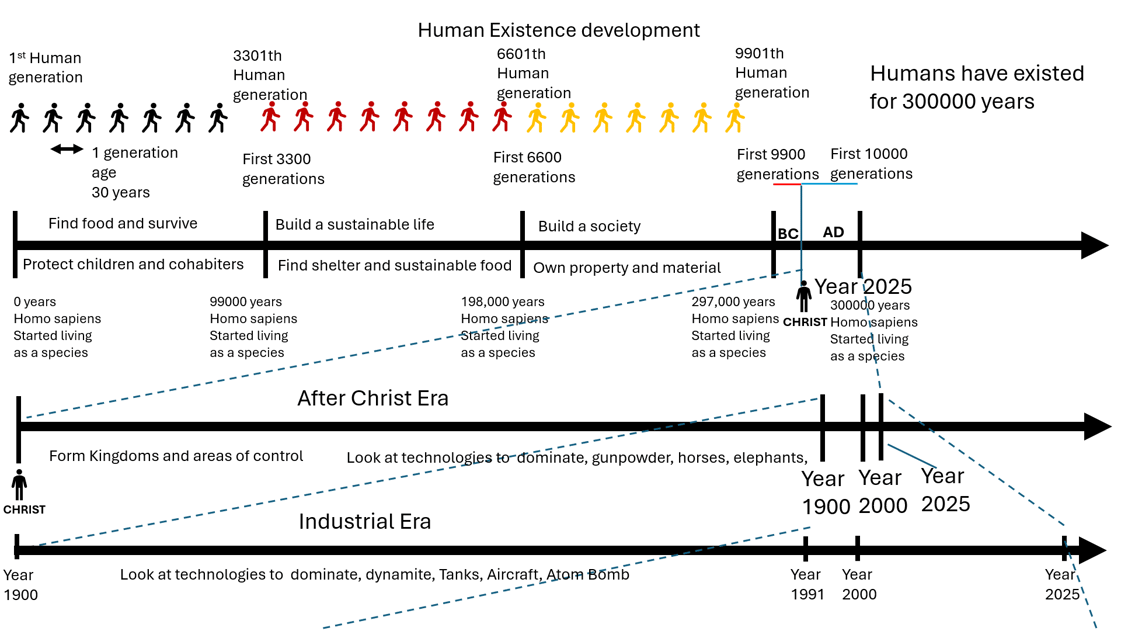

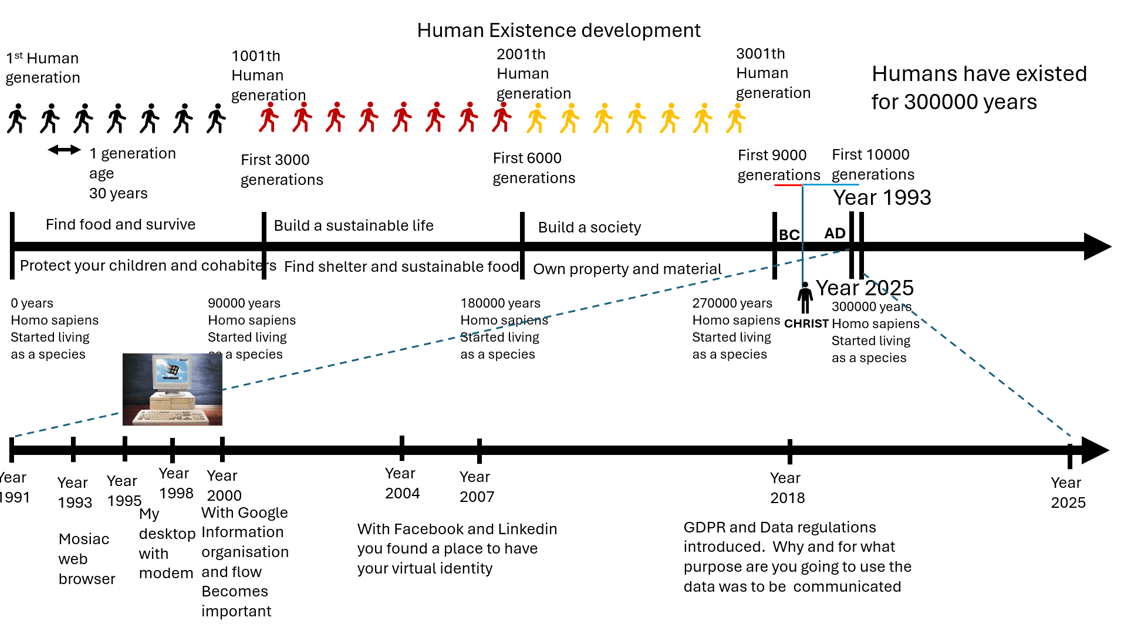

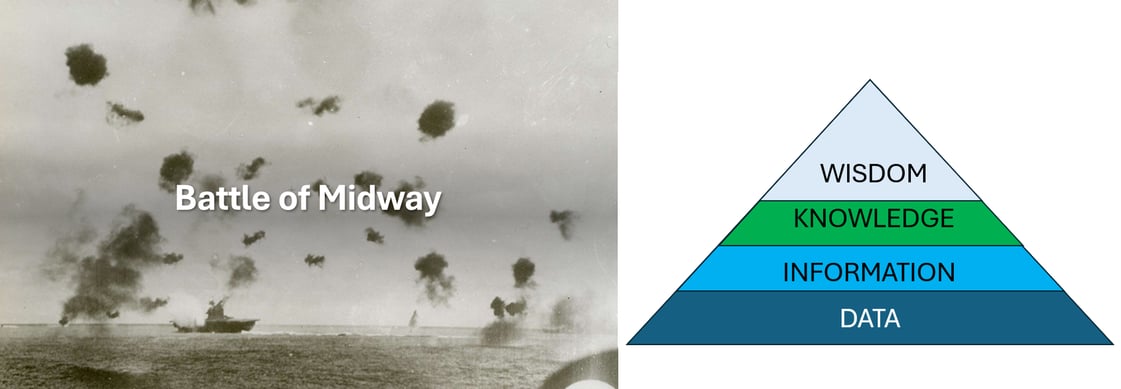

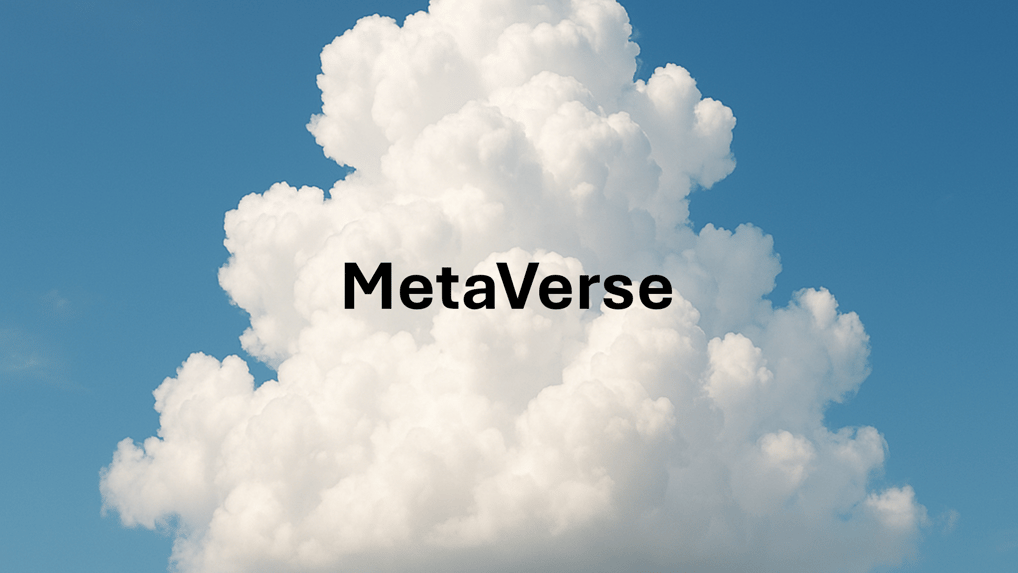

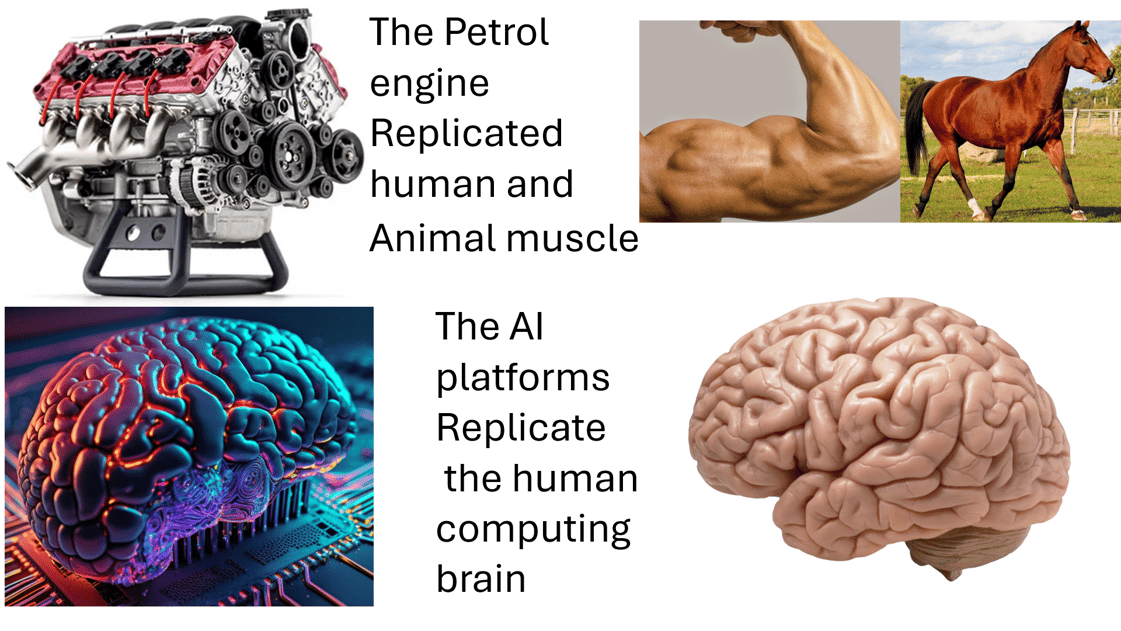

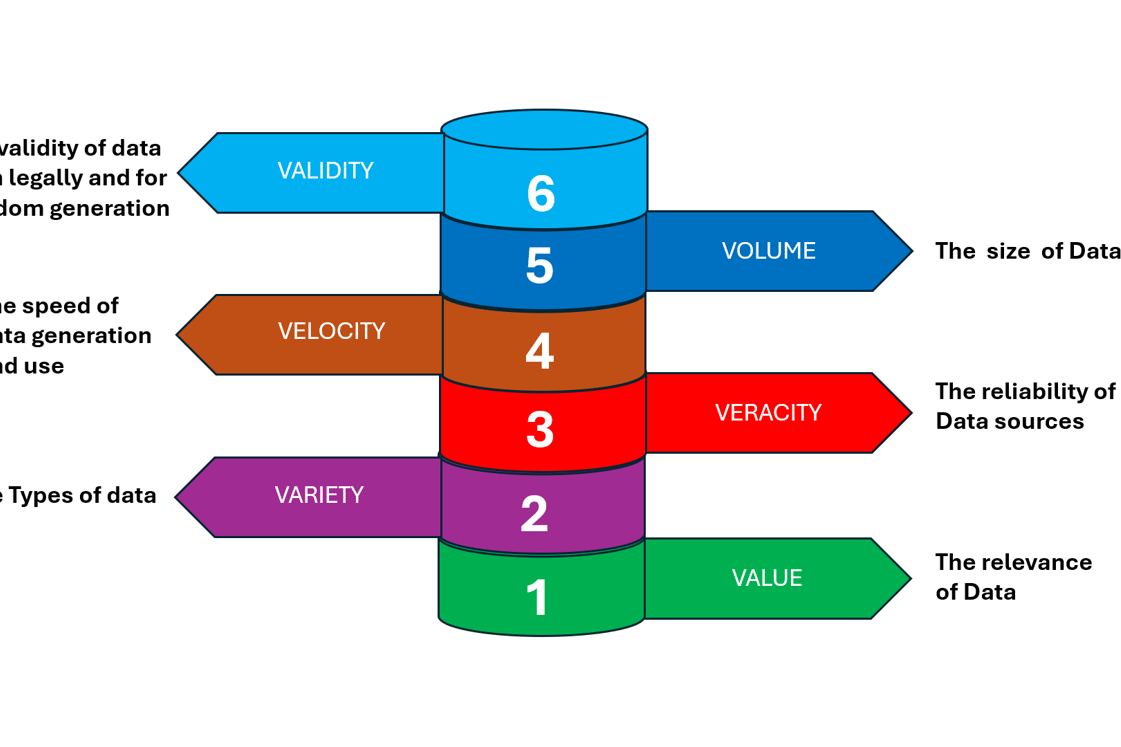

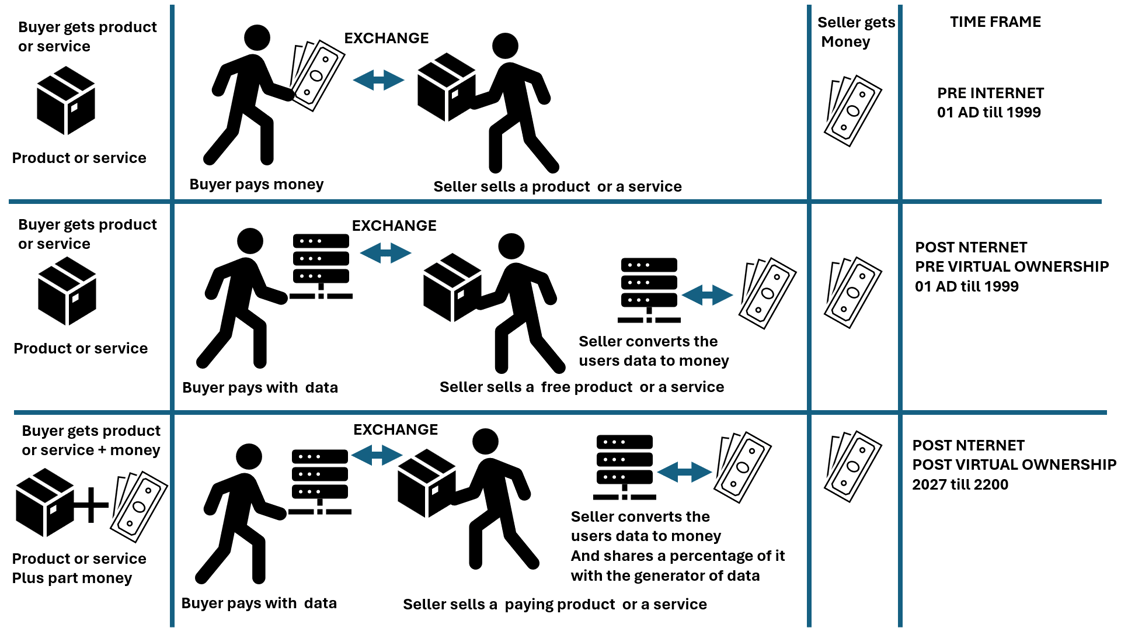

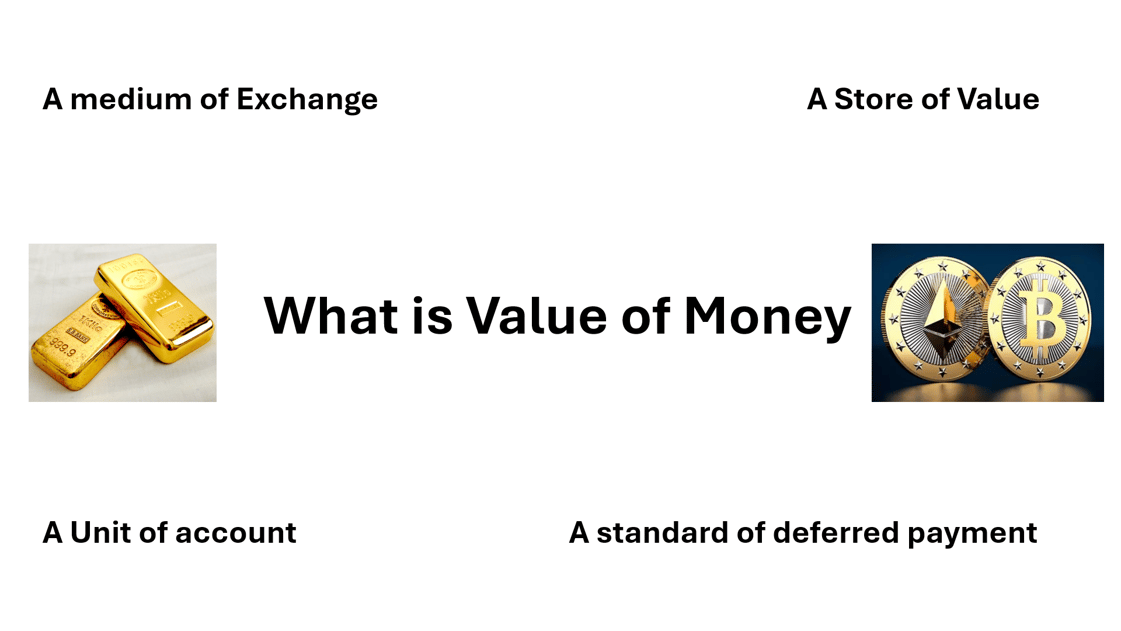


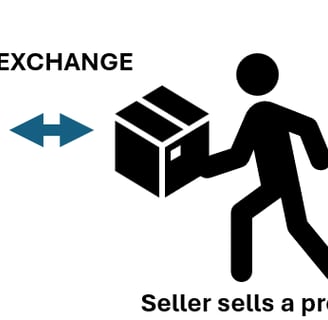
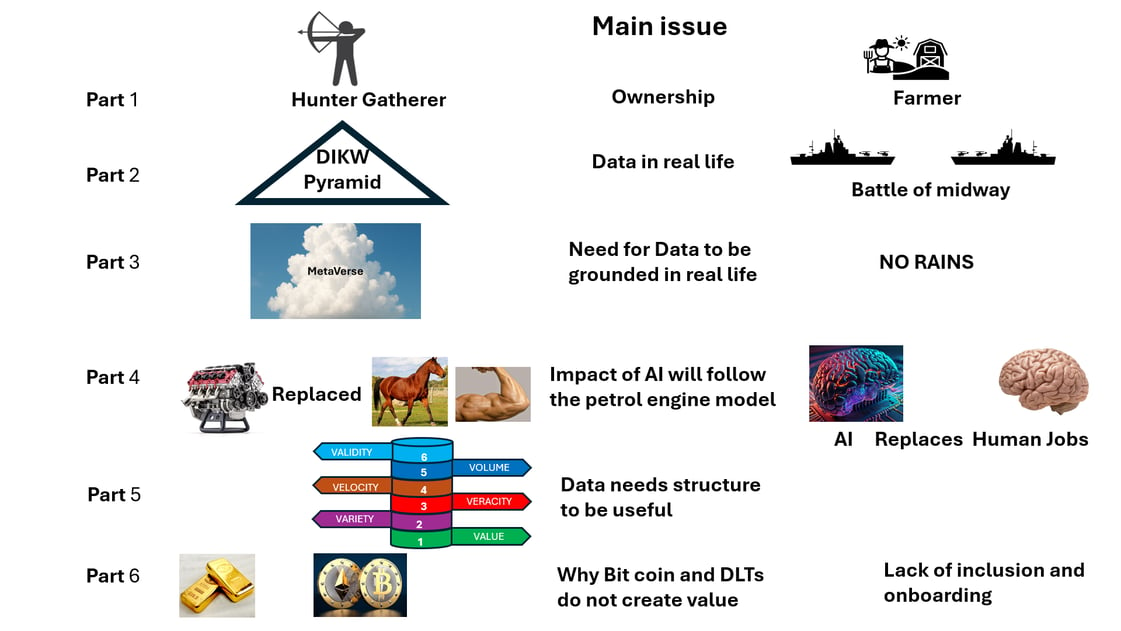



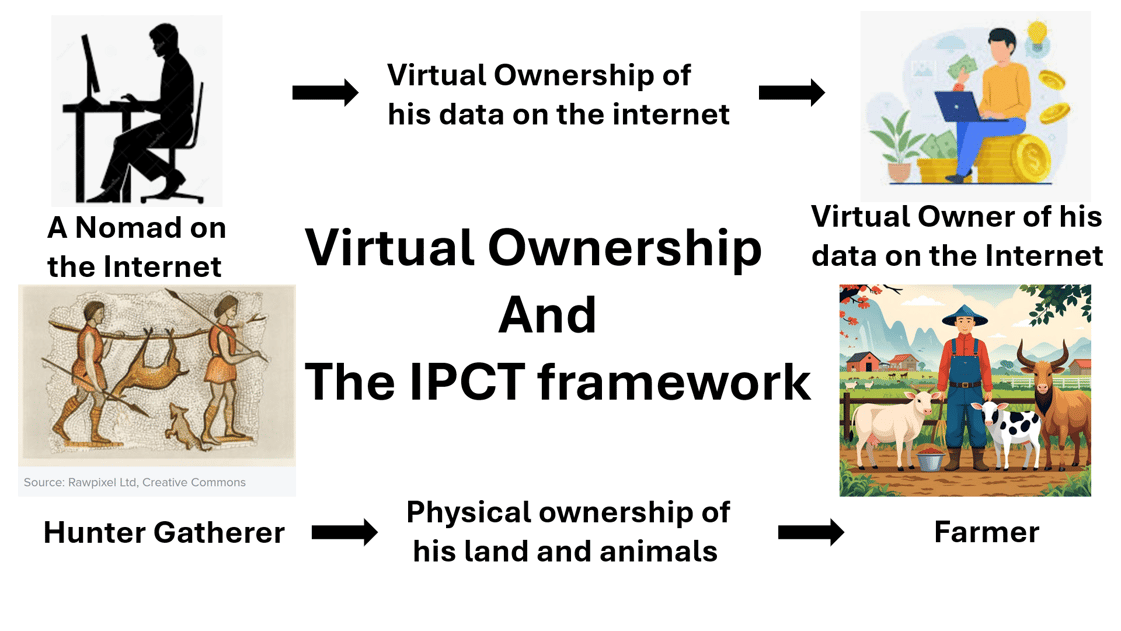

Insights
Transforming business analysis for future resilience.
Consulting
Strategy
info@geoown.com
© 2025. All rights reserved.
